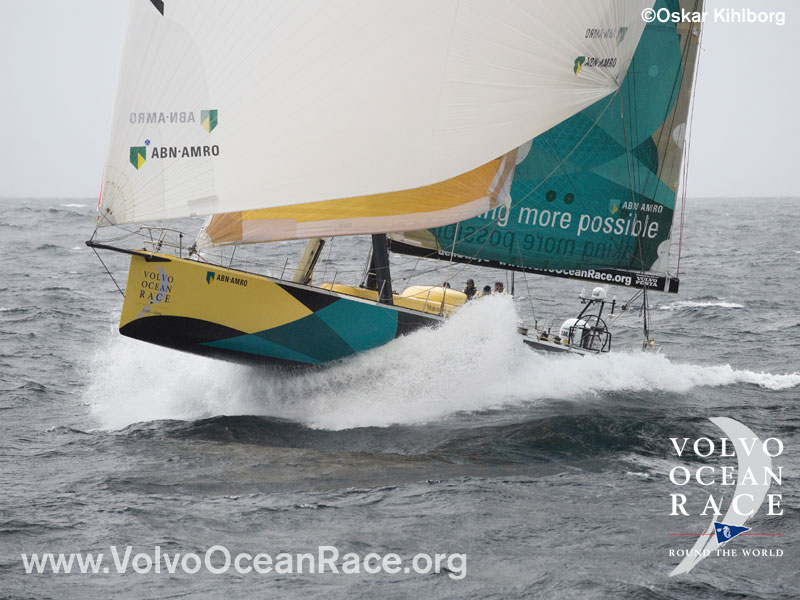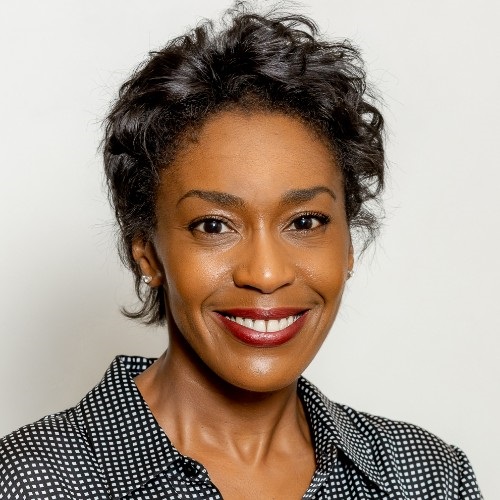Volvo Ocean Race updates tracking technology
Race monitoring ensures competitors' safety and allows fans to follow progress with 3D images.


The organisers of the Volvo Ocean Race 2008 have taken on new race management technology to track the position, direction and speed of each competing yacht.
The new technology will help in the adjudication process and ensure the safety of competitors during the 39,000 nautical-mile, round-the-world race, while the two billion fans who follow the race will also be able to track its progress as a three-dimensional (3D) image online.
The new race management system (RMS) from telematics service provider Cybit will be provided through its marine telematics division, BlueFinger and will monitor the high-performance Volvo Ocean 70 yachts throughout the race's 10 stages, as well as update the 3D imaging system that will be used on the race website.
The organisers decided to take on the BlueFinger Saffire system when the existing RMS software they were using was no longer supported by its supplier.
The new contract will take advantage of Bluefinger's ability to track large numbers of maritime industry vessels, traditionally used in the areas of fisheries management, Economic Exclusion Zone monitoring and offshore oil and gas exploration, as well as exploit its expertise in using the International Maritime Satellite (Inmarsat) network to power tracking applications.
It will use the Inmarsat network to give accurate race updates that are refreshed every 15 minutes to monitor the safety of each yacht and allow accurate race scoring and leadership tables to be maintained.
"The primary reason for the system is to ensure the safety of every competitor - if one of the boats stops unexpectedly, we need to know about it immediately," said Andy Hindley, racing director for the Volvo Ocean Race.
Get the ITPro daily newsletter
Sign up today and you will receive a free copy of our Future Focus 2025 report - the leading guidance on AI, cybersecurity and other IT challenges as per 700+ senior executives
"The weather conditions that they have to face can make this a hazardous race, so we need to have visibility of every yacht and all the conditions they encounter so we can quickly identify if there are any problems. We also have millions of fans of the race that we need to keep updated. Being able to relay the race, even when it's in more inaccessible areas like the Southern Ocean, is a big bonus for followers of the event."
The 10th Volvo Ocean Race starts today in the Spanish port of Alicante and is scheduled to last more than eight months. It was first run 34 years ago, when it was known as the Whitbread Round the World Race.
A 25-year veteran enterprise technology expert, Miya Knights applies her deep understanding of technology gained through her journalism career to both her role as a consultant and as director at Retail Technology Magazine, which she helped shape over the past 17 years. Miya was educated at Oxford University, earning a master’s degree in English.
Her role as a journalist has seen her write for many of the leading technology publishers in the UK such as ITPro, TechWeekEurope, CIO UK, Computer Weekly, and also a number of national newspapers including The Times, Independent, and Financial Times.
-
 AI is helping bad bots take over the internet
AI is helping bad bots take over the internetNews Automated bot traffic has surpassed human activity for the first time in a decade, according to Imperva
By Bobby Hellard
-
 Two years on from its Series B round, Hack the Box is targeting further growth
Two years on from its Series B round, Hack the Box is targeting further growthNews Hack the Box has grown significantly in the last two years, and it shows no signs of slowing down
By Ross Kelly